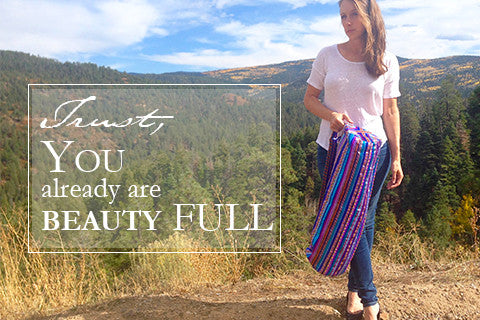Hand Dyed
Tie Dye (bandhani) has long been used by cultures to decorate, create a store of wealth and relay information. Colors and patterns can carry a message, tell a story, bring good fortune or distinguish you as being from one house or another. The tradition has been used for thousands of years and is a labor intensive practice requiring hours of work as each knot must be tightly wound by hand.
The designer will first lay out a rough draft of the pattern on the fabric using stamps or a taut string and muddy water. Knots are then laid out over this and the piece is dyed, creating a marriage between what has been newly colored and what has been preserved. As the knots are opened the full pattern comes into view, revealing a story that is new every time.
The designer will first lay out a rough draft of the pattern on the fabric using stamps or a taut string and muddy water. Knots are then laid out over this and the piece is dyed, creating a marriage between what has been newly colored and what has been preserved. As the knots are opened the full pattern comes into view, revealing a story that is new every time.
OUR PARTNER:
Our partner in India is an independent artisan employing a whole village of men and women that help at various stages in the production process. Having learned the craft from a young age, this is not just a hobby for the artisans involved - it is a lifestyle. The pieces we share with you here are unique in that they have been created outside of the traditional mold. They are a unique expression of self, created after years of training and experimentation.
THE COUNTRY:
A relatively new country, India only gained independence in 1947. Since then this magnificent country has seen many twists and turns along its road to development. Even with the immense progress it has made, India continues to have high levels of poverty and currently is home to one-third of the world’s extreme poor.


